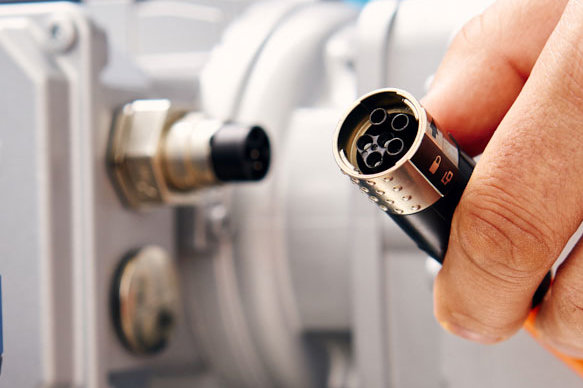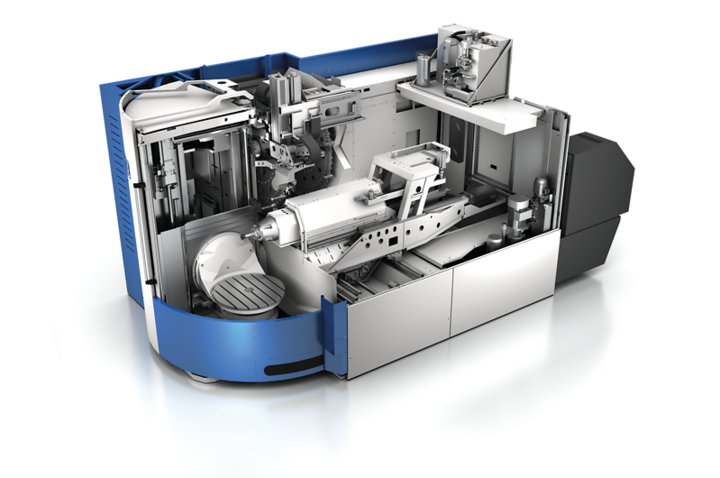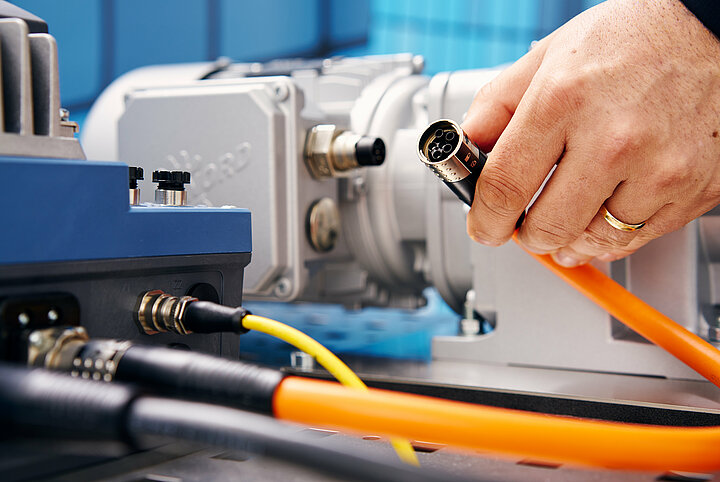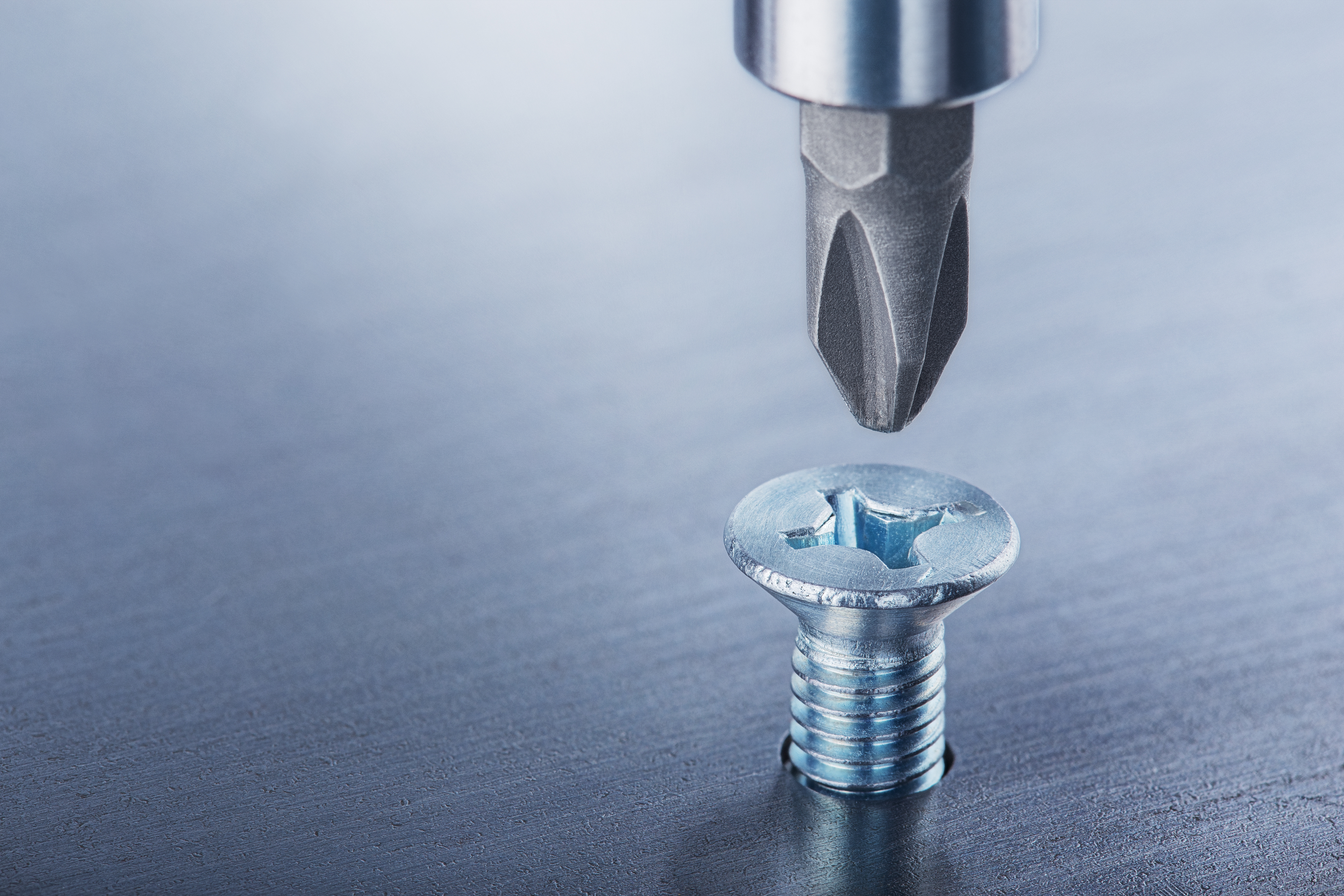Products and solutions for control and installation technology
Standardized interfaces create a perfectly consistent connection from the control cabinet to the motor. The EnergyLink modular system from LQ Mechatronik-Systeme offers companies cost advantages and time savings in control and installation technology. In plant and mechanical engineering, the future belongs to system solutions based on the modular principle, not to individual components - this is LQ's credo when it comes to reducing the variety of cables, connectors and small components in control and installation technology and simplifying processes. After all, it saves valuable design time when what belongs together is bundled together.
The plug-and-play installation of LQ products saves a tremendous amount of wiring and installation time for our customers. When you are ready to standardize your control cabinet and the connection to the motor, LQ ensures that the EnergyLink product kit eliminates the need for micro-assembly and speeds up machine installation. Especially for asynchronous motors and gensets in the 400 volt energy environment this means a big relief.
Our products
For us as mechatronics experts, the focus is on reducing complexity. Based on the modular principle of standardized interfaces, LQ combines individual components into compact functional units or ready-to-assemble systems and supplies complete electromechanical equipment for plant and machine construction. LQ's product portfolio includes X-TEC circular connectors in various sizes, W-TEC power cables and A-TEC function modules.
X-TEC Circular plug-in connectors
General-purpose X-TEC circular plugs, which are available in the sizes M15, M23 and M32, make installation work in plant and machinery much easier. The X-TEC series of plug-in connectors provides an optimum connection between the control and all the usual servo, asynchronous and 3-phase motors up to 30 amperes.
Circular plug-in connectorsW-TEC Power cables
It is essential to have high-quality cables if they are going to have a long service life in machines and plant or if they are going to be used in dynamic energy chains. W-TEC energy cables are designed to be a perfect match for components in the modular EnergyLINK system and the connections fit throughout.
Power cablesA-TEC Control modules
Our new A-TEC modules are compact units to perform control operations, either in the switchgear cabinet or directly on the consumer. An end-to-end installation concept using preassembled functional units saves considerable time and money, at the same time reducing the number of parts.
Function modules
![[Inhalt: English] W-TEC Leistungskabel von LQ Group Universelle Verbindungsmöglichkeiten mit W-TEC Leistungskabeln](https://www.lq-group.com/fileadmin/_processed_/5/a/csm_Leistungskabel_W-TEC_01_92caad2277.jpg)



